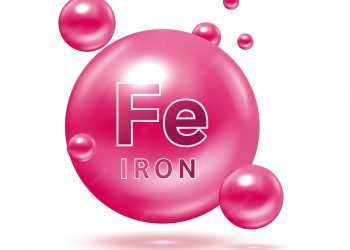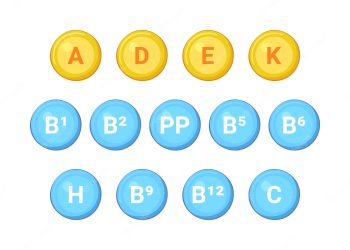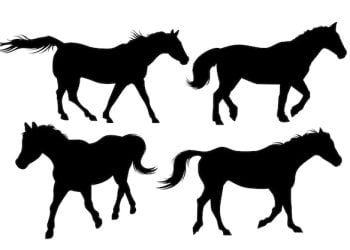
Private jet card membership programs have become the hot innovation of private aviation with the number of providers having doubled in the past decade and three new providers entering the market so far in 2018. With over 35 companies selling jet card memberships and over 250 programs to choose from, one mistake first time buyers often make is forgetting to compare the number of peak days and important variances to the programs during those high demand days, says Private Jet Card Comparisons, the only independent buyer’s guide to jet card memberships.
While jet card sellers designate peak days to mark those periods when there is the highest demand for aircraft, the actual number of peak days varies from under 10 to over 100 depending on provider and program. Typical peak days are before and after major holidays such as Christmas, New Year’s, Easter and Thanksgiving but some providers also designate days around the Super Bowl, Masters, Kentucky Derby, Labor Day and Fourth of July.
“Taking the time to compare policies such as peak days can mean saving tens of thousands of dollars per year,” said Doug Gollan, founder and editor-in-chief of Private Jet Card Comparisons. Because of the ways different providers source their aircraft and limited availability of certain types, peak day policies vary not just by provider, but even by program in some cases.
What changes during peak days?
Whereas the lead time to call for your jet during regular periods varies from eight to 24 hours, during peak periods it can be as long as seven days with some programs. Also, the deadline to cancel without penalty goes from hours to as much as a week. While some programs allow members to access multiple aircraft from a single account, a benefit for businesses and families, during peak days this feature is often based on availability. The same goes with the ability to select a larger or smaller aircraft, a nice feature of many programs.
Does it cost more to fly on peak days?
Virtually all programs have a peak day surcharge, typically around 10% although surcharges identified by Private Jet Card Comparisons go as high as 40%. That means if your normal hourly rate is $8,000, you would pay $11,200 per hour on peak days. For a roundtrip from New York to Aspen the surcharge can run as much as $25,000. While programs also give discounts for roundtrip flights and longer flights, typically over four hours, these generally aren’t valid during peak days.
Is there a way to avoid peak day surcharges?
According to Gollan, the key to avoiding peak day surcharges and policies is to map out your expected flying, including specific dates. Since the buyer’s guide lists exact peak days for over 250 programs in its database, a subscriber can identify the programs where there is minimal peak day overlap for their personal flying schedules.
For more information or to purchase to Private Jet Card Comparison’s 2018 analysis, please visit https://privatejetcardcomparisons.com/.
About Private Jet Card Comparisons:
Private Jet Card Comparisons compares over 250 jet card programs from more than 35 providers across 65+ variables in easy-to-use spreadsheets saving hours of research and thousands of dollars from choosing the wrong program. Companies compared include: Air Partner, Airstream Jets, Clay Lacy Aviation, Concord Private Jet, Delta Private Jets, Executive AirShare, EcoJets, ExpertJet, Flexjet, GlobeAir Jet Aviation, Jet Linx Aviation, JetSet Group, JetSuite, Jet The World, Luxury Aircraft Solutions, Jettly, Magellan Jets, NetJets (Marquis Jet), Nicholas Air, Paramount Business Jets, Private Jet Services PJS Group, PrivateFly, Prive Jets, Sentient Jet, Privilegd, ProspAir, Silverhawk Aviation, Solairus Aviation, Star Jets International, StraightLine Private Air, Tee Bee Jets, Velocity Jets, VistaJet, Wheels Up, Wholesale Jet Club, XOJET and more. Annual subscription is $250.
source:-prnewswire







